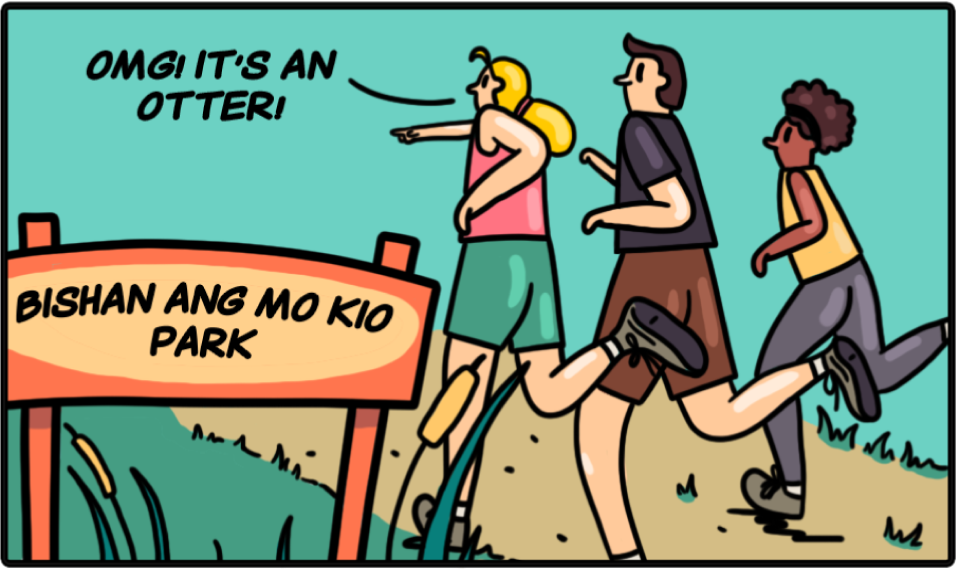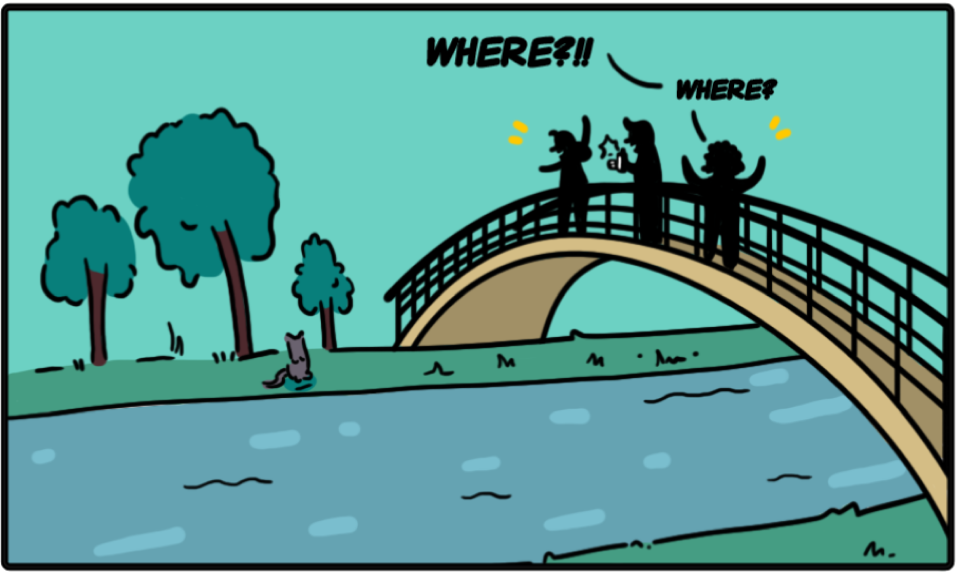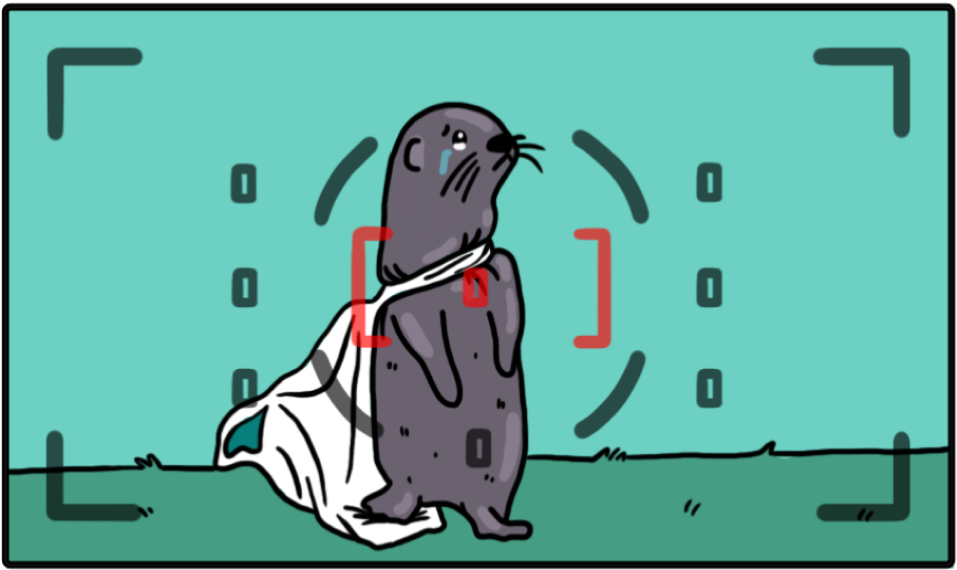WHY SHOULD YOU CARE?
In Singapore, most plastic waste gets incinerated. The ash will then be deposited in Semakau Landfill. However, the landfill is expected to run out of space by 2035.



A collection of small changes can lead to big results, for better or for worse.


In Singapore, most plastic waste gets incinerated. The ash will then be deposited in Semakau Landfill. However, the landfill is expected to run out of space by 2035.



Human actions contribute to global warming. This can affect a tropical island-nation like Singapore more so as temperatures rise, sea levels rise and vector-borne diseases (e.g. Dengue) spread more rapidly.

Food waste affects Singapore’s food security since we import over 90% of our food supply. When food is wasted, we need to source more food to meet the demand. This also means more energy is needed to produce and transport the food and to dispose of the food waste safely.

Marine waste is often found in oceans and seas - homes to our precious marine biodiversity. Furthermore, although water pollution may not damage our health instantly, it can be harmful after long term exposure. These negative effects can range from acid rain to even eating fish with trash inside them.

Protecting our natural ecosystem and the biodiversity living within it is integral in supporting Singapore's journey to fight climate change. A healthy ecosystem requires the vast diversity of flora and fauna living in it to maintain it.

The fashion industry contributes more carbon emissions than aviation and maritime combined. Reduce your carbon footprint with some of these tips!
1. BUY ONLY WHAT YOU NEED
Mend your clothing instead of buying new ones.
2. AVOID FAST FASHION
A byproduct of fast fashion is textile waste which is harmful to both aquatic and human life.
3. CONSIDER THRIFTING
Purchase second hand clothing to help increase the lifespan of clothes.

1. USE REUSABLE ITEMS
Invest in products that can be reused multiple times to avoid the consumption of plastic. For instance, bring reusable containers when taking away food. There are many possibilities!
2. SPREAD THE KNOWLEDGE
Advocate avoiding single-use plastic. For example, you can encourage the people around you to bring reusable bags when shopping! Remember, a collection of small changes can lead to big results!

1. USING THE BLUE RECYCLING BIN RIGHT
40% of what we place inside the blue recycling bins are not meant for recycling because they are either made of materials that can’t be recycled or contaminated with food and liquids.
2. CONTAIN YOUR RECYCLABLES IN A BAG OR BOX
You do not need to sort the recyclables as they will be sorted after collection
3. KNOW WHAT CAN BE RECYCLED
Refer to the label on the blue bin to confirm that your items are suitable for cycling. Some common materials that are recyclable include glass, paper, plastic and metal. Ensure that the recyclables are clean before placing them in the bin. Plastic containers and cups CANNOT be recycled due to contamination with food. Do not throw bulky items like furniture into the blue recycling bins!
If you are unsure if something can be recycled, find out more here!
